【Research Background】
Compared with standard hydrogen electrodes, lithium metal (Li) has the highest theoretical capacity (3860 mAh g-1) and the lowest electrochemical potential (–3.04 V), and has been considered as the ideal anode material for lithium-based batteries. However, due to problems caused by uncontrolled Li deposition and Li‘s high reducibility (such as low coulombic efficiency (CE), rapid electrolyte consumption, and dendrite formation), the cycle life of lithium-based batteries is very short, even severe It jeopardizes safety and therefore hinders their practical application.
【Achievement Introduction】
Recently, the research group of Professor Tianshou Zhao of the University of Hong Kong published an article in the internationally renowned academic journal Journal of Materials Chemistry A: Bifunctional Effect of Laser-Induced Nucleation-Preferable Microchannels and in-situ formed LiF SEI in MXene for Stable Lithium-Metal Batteries‘ research paper, which uses extensible femtosecond laser ablation (fsLA) technology to process aligned microchannels on MXene films, and destroys chemical bonds through the high energy of fsLA 39 during the irradiation process, while on the channel walls Synthetic sulfur-philic material (TiO2). Thanks to the inherent layer-by-layer nature of MXene, many of the nanoscale edges of MXene are exposed in the channel, thereby triggering nanoscale tip effects. Through the use of sulfur-philic sites and nano-scale tip effects, during the initial nucleation process, uniform Li nuclei are formed on the channel wall, and the electric field inside the channel is well controlled, resulting in a favorable toward the inside of the channel Li+ ion flux. In addition, due to the inherent fluorine end in MXene, LiF-enhanced SEI was formed in situ on the upper surface during the initial lithiation process, which can significantly inhibit the formation of dendrites outside the channel, thereby eliminating the “hot spots” on the upper surface ". Therefore, the 3D body manufactured using the unique application of fsLA technology on MXene materials can achieve the goal of preferential internal lithium deposition and no dendrite deposition on the upper surface.
【Graphic introduction】
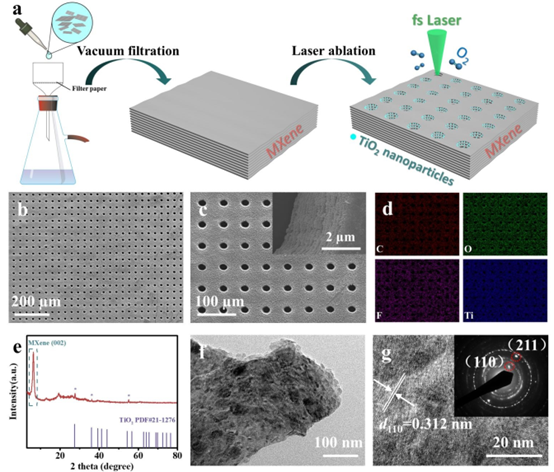
Figure 1. Morphology and structural characterization of laser-treated MXene
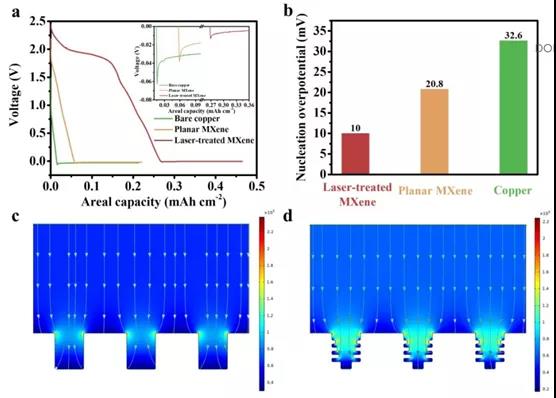
Figure 2. Nucleation overpotential and FEM simulation of laser-treated MXene
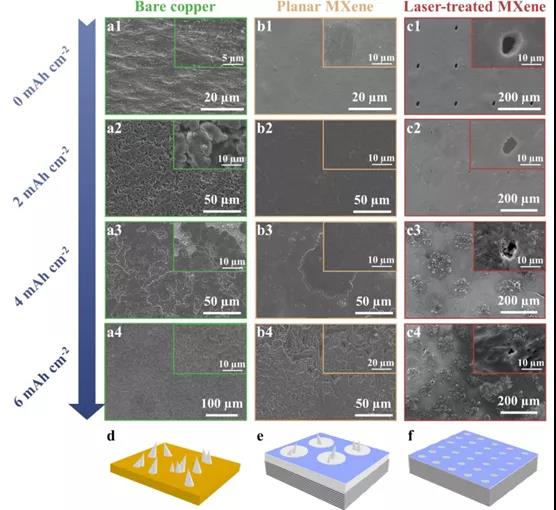
Figure 3. Morphological characterization of lithium deposition
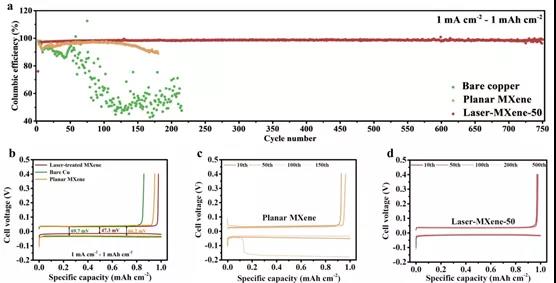
Figure 4. Laser-MXene-50 asymmetric battery performance at 1.0 mAh cm-2 and 1.0 mA cm-2.
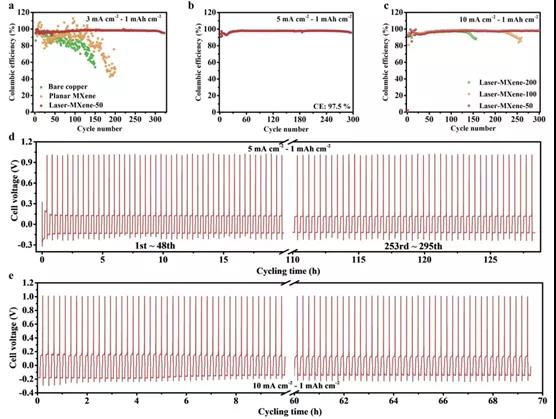
Figure 5. Asymmetric battery performance of laser-processed MXene at different current densities
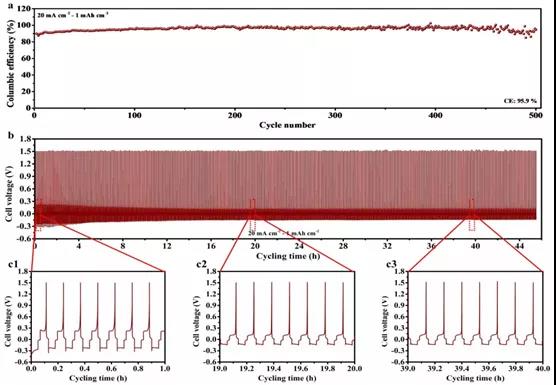
Figure 6. Laser-MXene-50 asymmetric battery performance at ultra-high current density of 20 mA cm-2
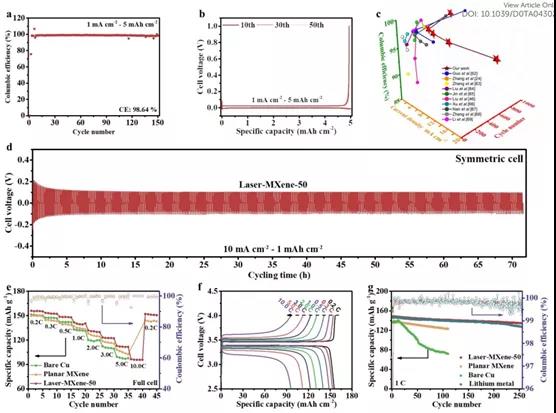
Figure 7. Laser-MXene-50 electrochemical performance and full battery test
【Summary of this article】
In this paper, through innovative and scalable femtosecond laser technology, MXene-based Li metal bodies with nucleation-preferred microchannels were fabricated. Using the unique application of fs laser on MXene, the thiophilic TiO2 nanoparticles were accurately synthesized in space for the first time. In this architecture, sulfur-philic TiO2 nanoparticles form many Li nuclei on the channel wall, inducing a very low 10 mV nucleation overpotential, and the LiF enhanced SEI formed in situ can inhibit dendrite formation. More importantly, the MXene‘s nanoscale edge-enhanced tip effect inside the channel can manipulate the electric field, thereby guiding uniform Li+ flux inside the channel, which has been verified by FEM simulation. Thanks to its multiple functions, laser-processed MXene exhibits stable cycling performance in asymmetric cells, symmetric cells and full cells. We expect that the femtosecond laser manufacturing method in MXene will provide favorable inspiration for high-performance lithium metal-based batteries and their future large-scale applications.
Literature link:
https://doi.org/10.1039/D0TA04302H
Source: MXene Frontie
This information originates from the Internet for academic exchange only. If there is any infringement, please contact us to delete it immediately










